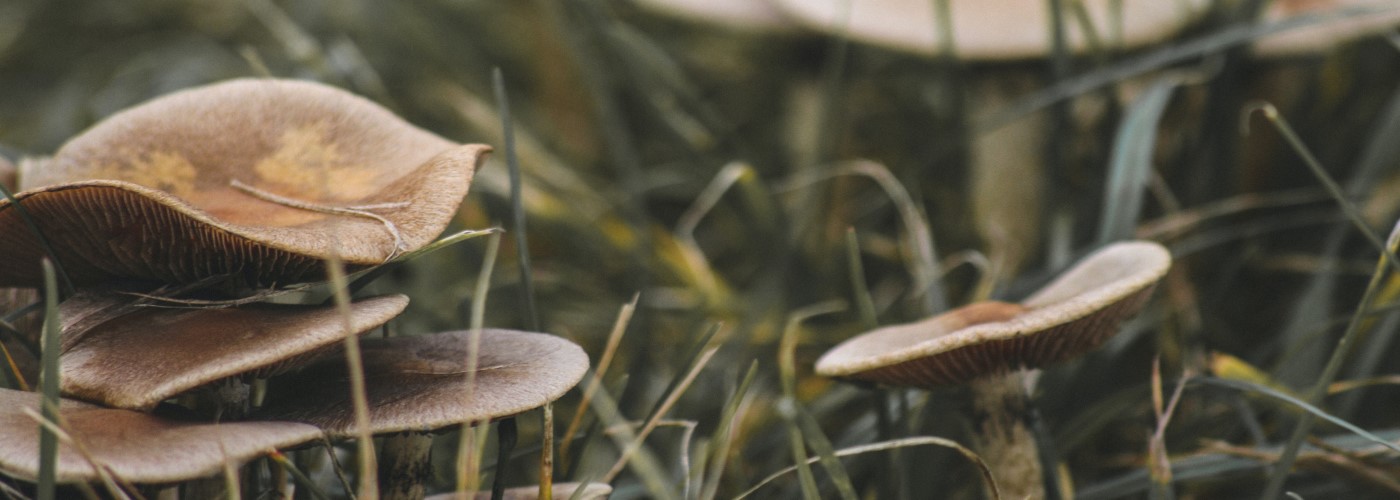

Engineers and new brands are looking for a new brand of leather that is more animal friendly and sustainable. Leather itself is made from livestock and is frowned upon with vegan and animals groups. This new type of leather would be vegan friendly and made up of mushrooms! Start-ups around the world are growing and shaping the way of this new leather and even a company called Bolt Threads has "attracted interest from luxury fashion designers and other high-end labels."
Making leather from animals comes with serious environmental costs as livestock accounts for 14.5 percent of human-generated carbon emissions. The tanning process that makes leather also includes heavy metals and other pollutants that then seep into the water and the environment. Mushroom leather, instead of needing acres of land and tons of grain to raise cattle, "cultivates giant mats or vats of fungus that feed off beet sugar, molasses, and other industrial byproducts like sawdust." Once the fungus grows on a flat surface, the mature fungus can then be sliced off and dried. A research team from Florida International University in Miami found that the "material likely draws some of its durability from a network of strands called hyphae, tiny fibers typically used by mushrooms, to consume nutrients. Stress tests showed the mushroom material was less strong than suede, but fairly good at stretching under strain," the article mentions.
The team found that "vegan leathers coated with a fossil-fuel based strengthening agent, and destined for a landfill or incinerator, had a lower environmental impact than versions not treated and compostable. The protective treatment would stretch the fake leather lifespan long enough to outweigh items made with real leather.